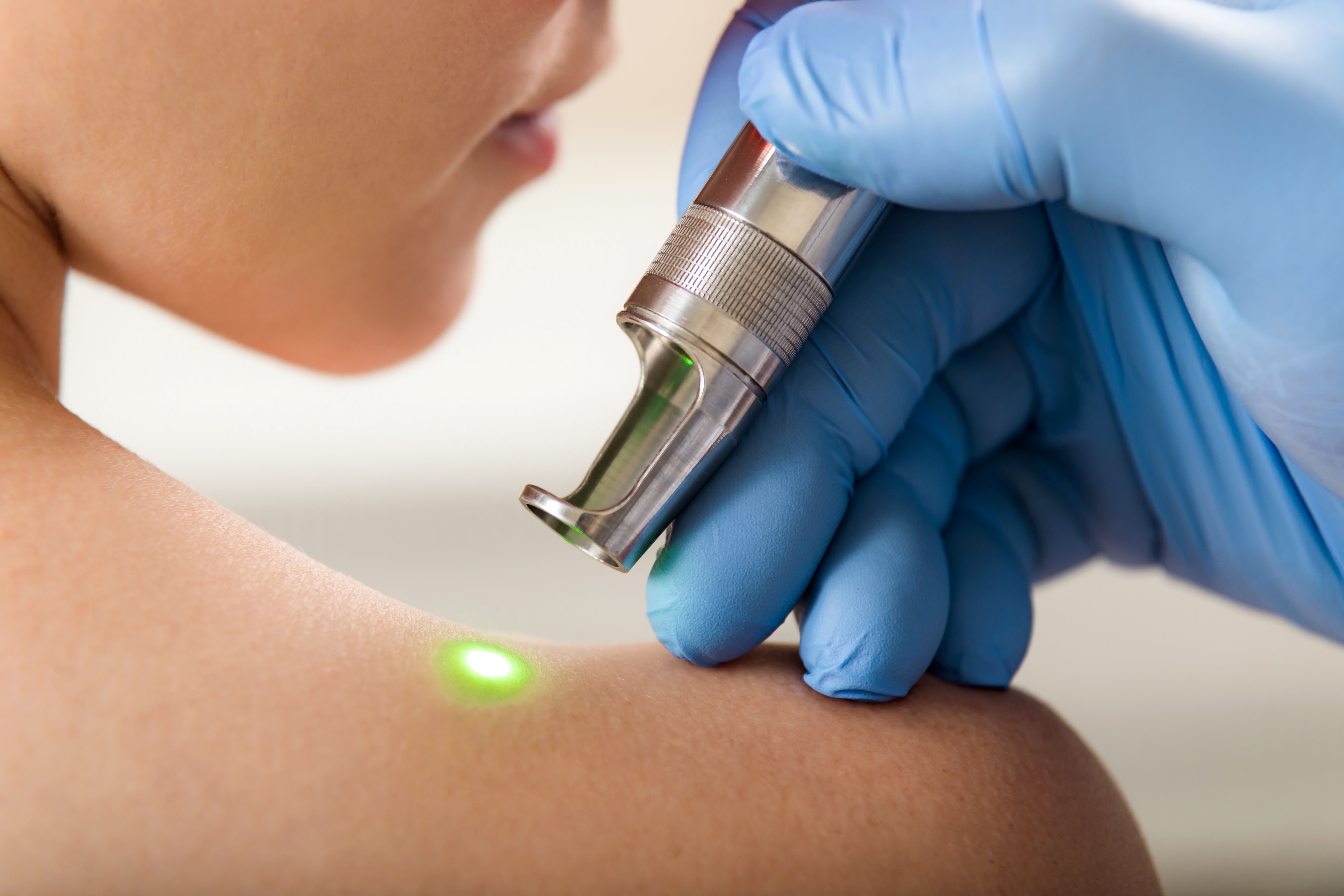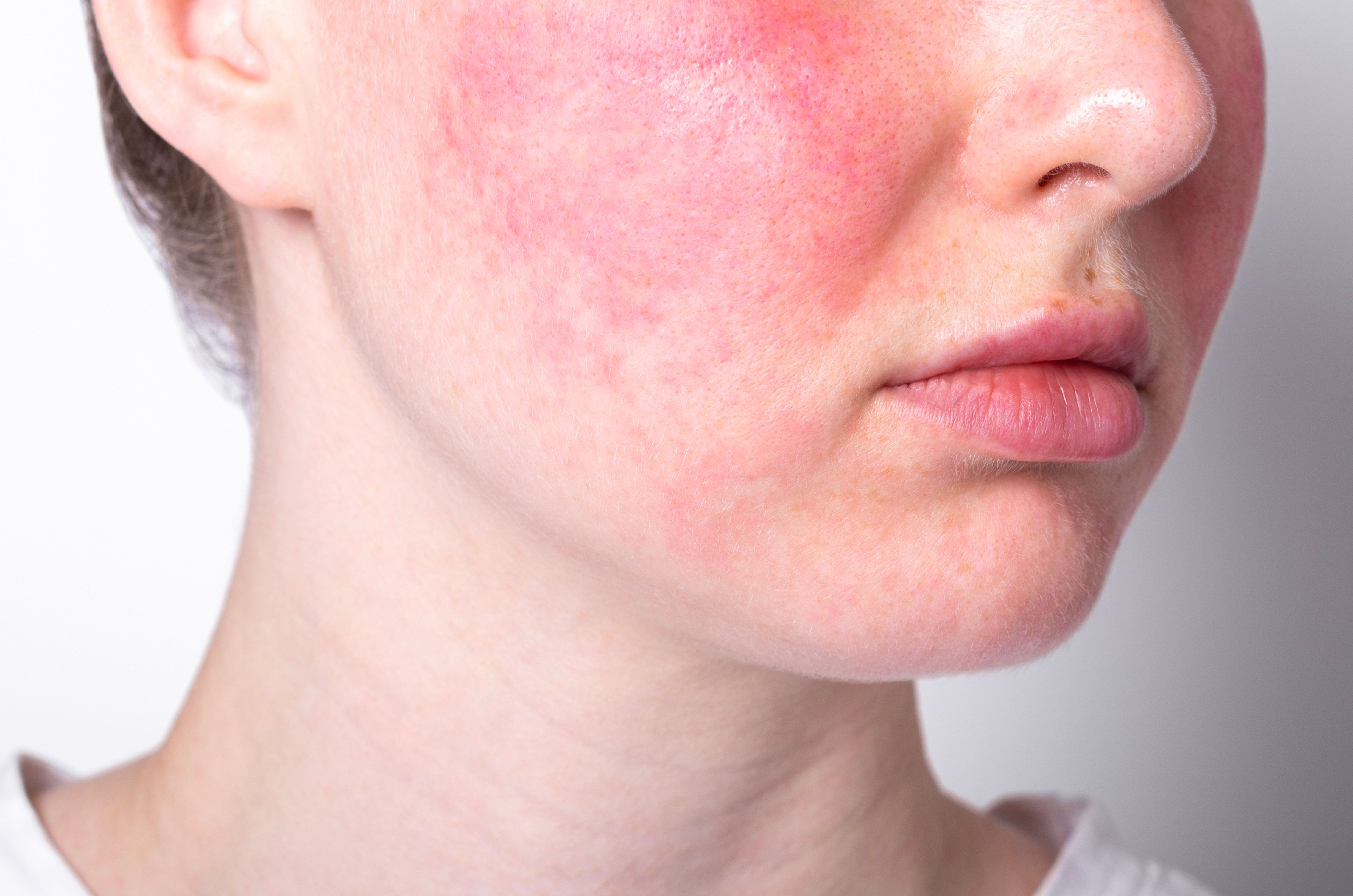- Acne
- Actinic Keratosis
- Aesthetics
- Alopecia
- Atopic Dermatitis
- Buy-and-Bill
- COVID-19
- Case-Based Roundtable
- Chronic Hand Eczema
- Drug Watch
- Eczema
- General Dermatology
- Hidradenitis Suppurativa
- Melasma
- NP and PA
- Pediatric Dermatology
- Pigmentary Disorders
- Practice Management
- Precision Medicine and Biologics
- Prurigo Nodularis
- Psoriasis
- Psoriatic Arthritis
- Rare Disease
- Rosacea
- Skin Cancer
- Vitiligo
- Wound Care
Article
Community-oriented sun safety programs effective
Hanover, N.H. - A community-wide sun safety intervention targeting middle-school-aged children was effective in changing sun-protection behaviors and reducing skin cancer risks, WebMD reports.
Hanover, N.H. - A community-wide sun safety intervention targeting middle-school-aged children was effective in changing sun protection behaviors and reducing skin cancer risks, WebMD reports.
The study was conducted by Dartmouth University Medical School researchers and its results were reported in the January issue of Pediatrics.
The researchers conducted a randomized controlled trial in 10 communities to evaluate the effect over two years of the SunSafe in the Middle School Years program, which seeks to urge people to actively promote sun protection practices and to create a pro–sun protection community environment. The trial targeted school personnel, coaches, lifeguards and clinicians and enlisted teens as peer advocates. The researchers observed subject teens at community beach and pool sites. The main endpoint of the study was to record percent of body surface protected by sunscreen, clothing or shade.
Compared with adolescents in non-program-targeted control communities, those in intervention communities were significantly better protected. During the study period, the percent of body surface area protected decreased by 23 percent in the control group but by only 8 percent in the intervention group. After the intervention, the average percent of body surface protected at intervention sites was significantly greater than at control sites (66 percent as compared with 57 percent). Compared with teens at control sites, those in intervention communities reported sun protection advice from more adult sources, were more likely to use sunscreen and applied it more thoroughly.
The study concludes that skin cancer prevention programs for youth need to begin early in middle school and should create a community-wide environment that supports sun protection procedures rather than focusing on classroom health education alone.
Newsletter
Like what you’re reading? Subscribe to Dermatology Times for weekly updates on therapies, innovations, and real-world practice tips.















